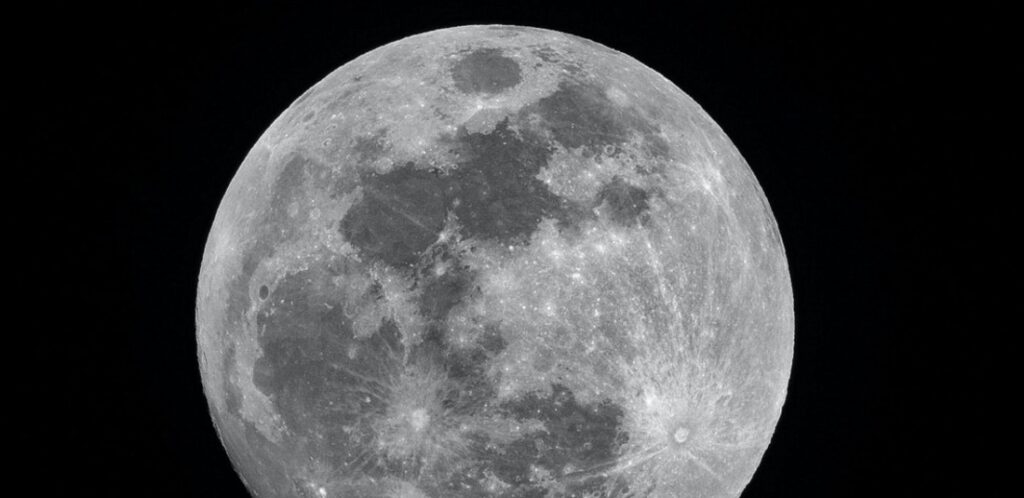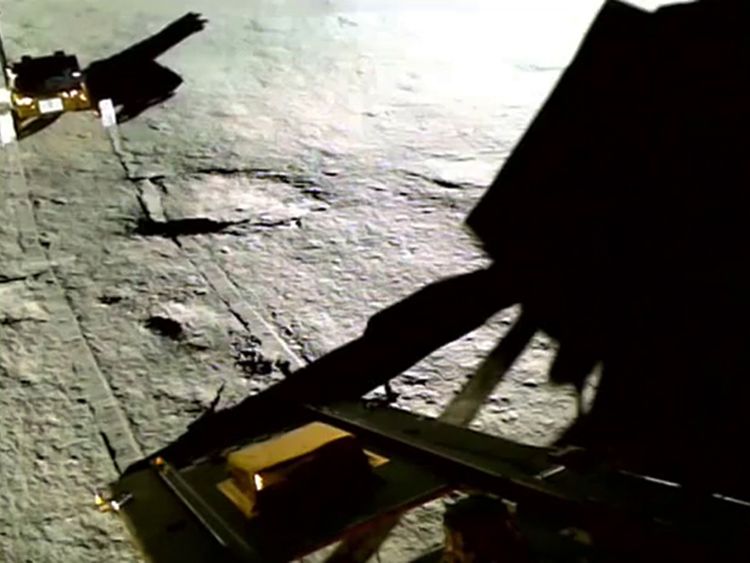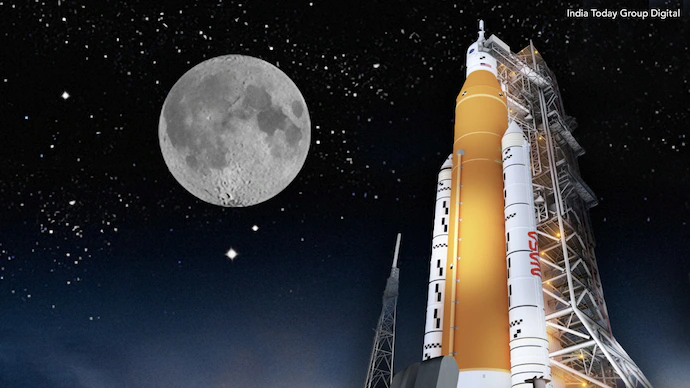“India’s Chandrayaan 3 Mission Unearths Oxygen-Rich Lunar Soil, Paving the Way for Sustained Human Presence and Scientific Endeavors”
In a groundbreaking revelation, India’s Chandrayaan 3 lunar exploration mission has uncovered a trove of oxygen within the lunar soil, opening up unprecedented possibilities for the future of lunar exploration and human colonization. Launched in July 2023, the mission’s rover, Pragyan, has been meticulously investigating the moon’s south polar region, revealing an astonishing wealth of elements, including oxygen, sulphur, iron, silicon, titanium, and aluminium. Among these elements, oxygen stands out, constituting a significant 40% of the lunar regolith’s mass.
This revelation carries immense significance for space exploration and the vision of sustained human presence beyond Earth. NASA estimates that every cubic meter of lunar regolith contains a remarkable 1.4 tonnes of minerals, including approximately 630 kilograms of oxygen. With such ample resources at hand, the moon’s surface alone boasts the potential to sustain 8 billion individuals for a staggering 100,000 years.

Extracting oxygen from the lunar soil presents an array of possibilities, with potential methods ranging from electrolysis to chemical reactions. By employing electrolysis, which involves passing an electric current through water, hydrogen and oxygen can be separated. Water, crucial for the process, can be sourced from ice deposits believed to exist within the moon’s permanently shadowed craters. Alternatively, chemical reactions such as heating the regolith with carbon monoxide or hydrogen could liberate oxygen gas.
Beyond being a vital component for human respiration, the newfound presence of oxygen on the moon has far-reaching implications. It holds the key to generating rocket fuel and life support systems, thus substantially diminishing the complexities and costs associated with transporting these essentials from Earth. This advancement in local resource utilization is poised to facilitate extended and more frequent lunar missions, setting the stage for establishing permanent lunar bases and habitats.

The discovery of oxygen on the moon also beckons profound questions about its origin and evolution. Scientists are left pondering whether oxygen was delivered to the moon via meteorites or comets, or if it emerged through interactions with solar wind or volcanic activity. The mysteries surrounding its distribution across time and space provide ample fodder for ongoing investigations by Chandrayaan 3 and forthcoming missions.
The moon, once thought of as an uninhabitable expanse, is swiftly transforming into a repository of resources and scientific intrigue. With the revelation of oxygen in its soil, humanity inches closer to unraveling its enigmatic history and unlocking its untapped potential. As we continue to explore the cosmos, this discovery serves as a testament to our insatiable curiosity and unyielding determination to conquer new frontiers.

Resources:
3.https://indiawest.com/indias-moon-rover-finds-oxygen-titanium-aluminium-and-other-elements/